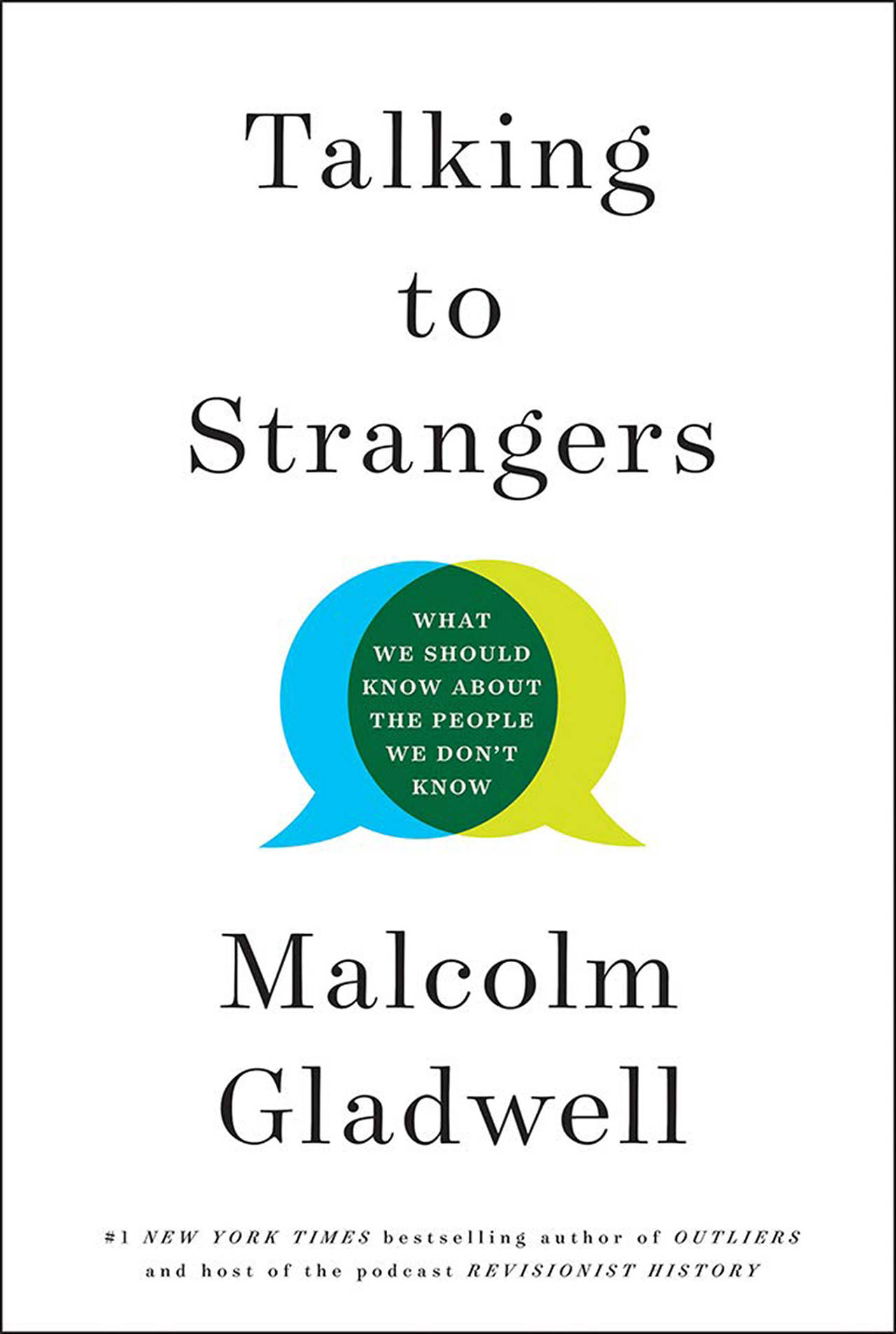What does Malcolm Gladwell sound like when he’s angry?
That feels like a fitting question in approaching “Talking to Strangers: What We Should Know About People We Don’t Know,” his sixth book examining human behavior.
As he says in the book, Gladwell found himself feeling “angrier and angrier” when considering the 2015 death of Sandra Bland. The young black woman hanged herself in a jail cell days after being taken into custody for a minor traffic violation in rural Texas. The circumstances of her arrest and its investigation stuck with Gladwell, who was raised in Canada and is half-Jamaican.
That tragic incident forms a framework for his most topical book yet. “Talking to Strangers” looks at the ways we do harm by failing to understand one another, a problem he investigates through the child-abuse scandal involving Penn State assistant football coach Jerry Sandusky, the trial of Amanda Knox, the suicide of Sylvia Plath, the deceptions of financier Bernie Madoff and the TV sitcom “Friends.”
Some people punch a wall. Gladwell examines pop culture to deconstruct human behavior.
At a time when the world feels intractably polarized, a book examining the varying ways we misinterpret or fail to communicate with one another could not feel more necessary.
After setting the stage with the circumstances of Bland’s death, which came amid a rash of deaths of unarmed African Americans in encounters with the police, Gladwell moves on to the human blind spots at the root of familiar tragedies and failures from history.
One of those blind spots, Gladwell contends, is that human beings default to taking strangers at their word, an impulse he cites in the case of Ana Montes, the so-called queen of Cuba who was considered one of the CIA’s brightest stars before being discovered as a double agent. This “default to truth” also was a factor in the case of Larry Nasser, the doctor convicted of sexually abusing young athletes on the U.S. Women’s Gymnastics team.
Gladwell also devotes a chapter to Sandusky, the coach whose 2011 child molestation conviction led to charges against administrators who failed to investigate his behavior for nearly 10 years after a suspicious incident was reported. Gladwell goes on to build his case around other communication breakdowns, including strangers’ actions not conforming to accepted norms (“transparency”) and a failure to recognize a connection between behavior and external factors (“coupling”).
With a mix of reporting, research and a deft narrative hand, Gladwell illuminates these examples with page-turning urgency of a paperback thriller, building a case on the ways these misconceptions lead to disaster. Some of Gladwell’s diversions into pop culture pay off more than others.
Hiring a psychologist to map the facial expressions throughout a scene from “Friends” is a long way around to introduce the idea people don’t always look like their feelings. And in examining the Brock Turner rape case at Stanford, Gladwell’s examination of alcohol abuse among university students drifts uncomfortably close to victim-blaming before hailing the outcome, which he said delivered a “measure of justice.”
Yet for all the ironclad rhetorical evidence outlined in Gladwell’s dramatic buildup, there’s a nagging sense he’s left another, very human phenomenon underexplored. Strangers misunderstand one another by nature on multiple behavioral fronts, including when it comes to race, which receives only a glancing treatment here.
Gladwell has again delivered a compelling, conversation-starting read, but there’s no question more of the hard stuff remains ahead.


